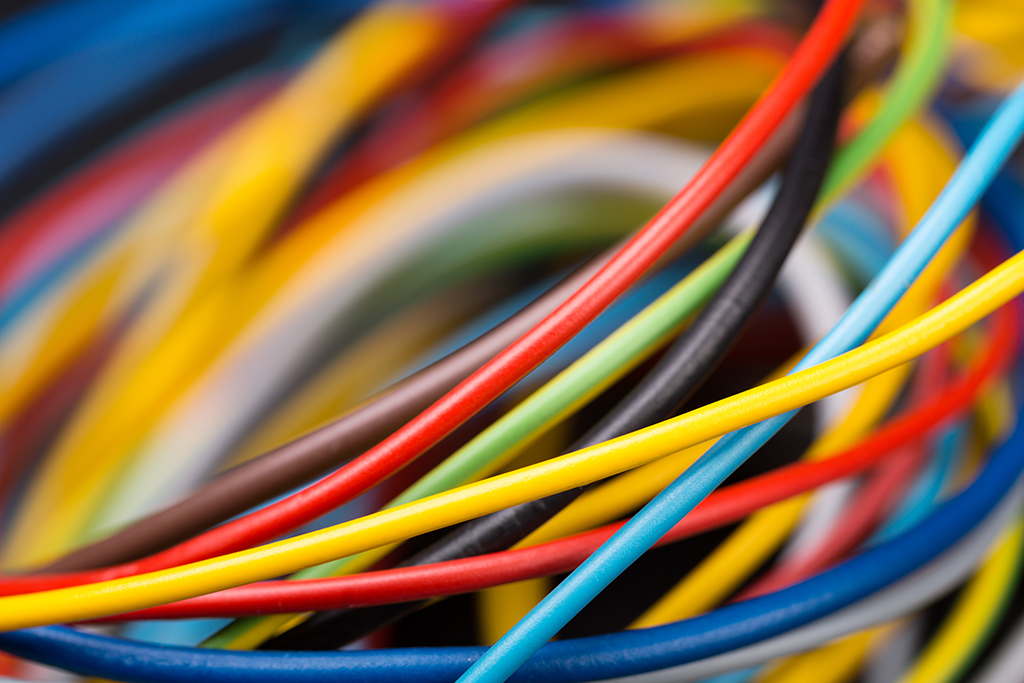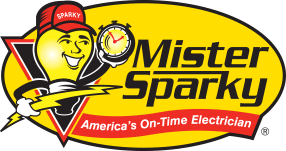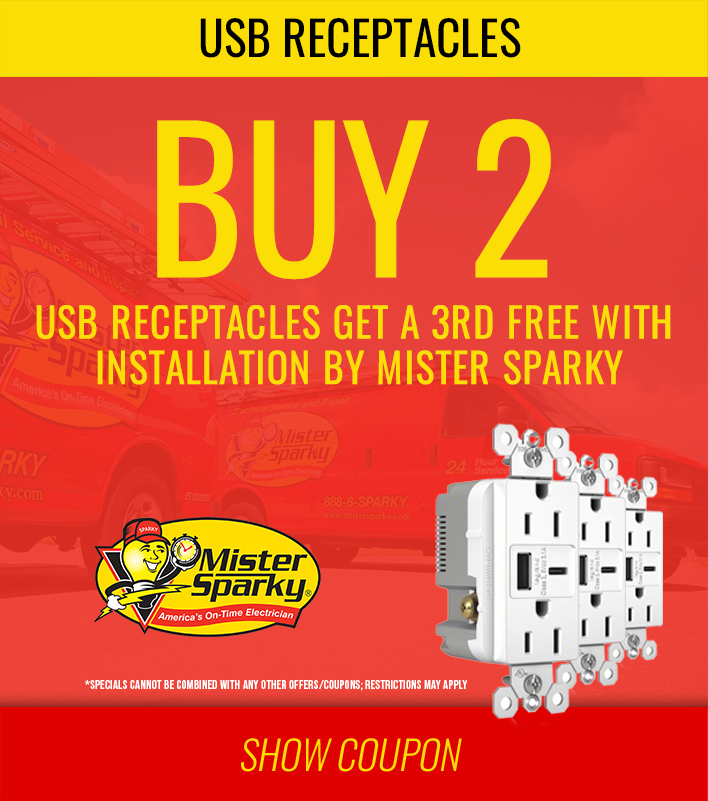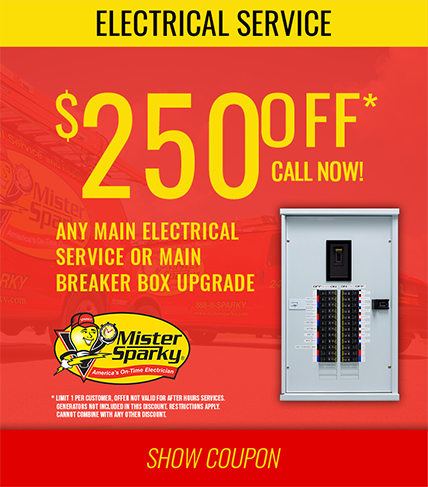Electrical Service: What Kind Of Electrical Cords Are There? | Florence, SC

Photo By Nomad_Soul at Shutterstock
When you’re working around your home and calling for electrical service you may not know what kind of cords they are encountering. But maybe you should. We should go through and look at different types of cords that you may see in your house and what they actually mean. We’ll start with the main types of lines in each cord and then explain the different cords and their uses and what your local electrical provider will use.
The Cords Within The Cords
Inside the cords are different lines of conductive metal each of them coated in an insulator to prevent the electrical current from passing between the lines. The main section of the cord is the conductive metal, usually copper but can also be aluminum because they are lower cost and are decent conductors. Gold can also be used and, although it is much more expensive, it has more corrosion resistance leading it to be a very durable material. The wire inside could either be a solid core, which is more rigid but has a lower amp maximum, or a stranded wire, which can be more flexible but may require a little bit more work to attach properly if you are not trained while also allowing for a larger amp load.
These cords will be coated in some form of insulator. If your home is old enough it may still be paper coated, but that has fallen out of favor both in Florence, SC and around the country because of it’s high risk of failure. Instead modern conductive lines are usually coated in rubberized plastic that is both long lasting and durable, allowing for a longer lifespan and a safer working line when contact is needed, as wire strippers could take care of the coating as needed.
Most cords will have three lines of these wrapped wires in them. Of those one will be a positive charge line, one will be a negative charge line, and one will be the ground or earth line. Your electrical service provider will have the training to ensure that they are all marked accordingly and attached correctly where needed. Traditionally these are marked like a car battery as red for positive and black for negative but the ground line could be any color and may not be coated at all. depending on application and manufacturer.
The Types of Cords
Cords like this, also called cables, come in many types and sizes. The most simple ones are your single line cords, ones that won’t work alone in an electric circuit as you need at the very least two lines to complete a circuit.
Next will be your cables that your electrical service will use for most applications. The first is called a Type NM which has two different types within them and stands for non-metallic sheathed cable. The first one is called a 12-2 which has three lines, a “hot wire” a “neutral wire” and a “grounding wire”. The other type is called a 14-3 which has two different hot wires instead of one. In many of these papers may be used to coat the grounding wire but as there is no charge in there.
After that you will have more heavy duty cables which are used for dedicated circuits. If you’ve ever looked at the electrical service in your house they are meant mostly for large appliances. These are more rigid cords and are able to be used for both 120 and 140 volt circuits. These will contain stranded wires for both the hot lines, of which there are two, and the neutral wire. The grounding wire however will be solid and itself could be coated or still keep the paper wrapping.
The final major type of multiconductor cable is called a Type MC armored. They are called armor because they are covered in a spiraled metal sheath and inside of the cord there will sometimes also be plastic wrap between them. These are perfect if the electrical service line has to be pulled outside the wall, making it safer for children and pets.
Gauging The Situation
Those cords with the stranded or solid lines of conductor material inside have different meanings. The solid lines can go for three different standard loads. The first is 14 gauge, which is the lowest amp load with 15 amps which will work for most household applications. Going up is 12 gauge which has a 20 amp load maximum and can be used for lighter appliances or bathroom circuits. The final of the double digit lines is a 10 gauge which allows up to 30 amps allowing for some larger appliances like electric dryers and air conditioning.
When you move on to the single digits you have 8 gauge which can go up to 40 amps, good for large appliances. You can also use a 6 gauge for 55 amps for that. The final three can be used to bring your electrical service into your house to your circuit breaker or fuse box. These are 3 gauge which max at 100 amps, 1/0 gauge which can go up to 150 amps, and 3/0 gauge which allows up to 200 amps. Your electrical service and the people you call to repair or troubleshoot issues in your home.
When you are in need of professional electrical service in your home in the Florence, SC area you can reach out to Mister Sparky of Florence which has a presence right here in our town. At Mister Sparky you can get inspections done in your home for both your home or business. Mister Sparky is also able to work on your electrical service at both your home or your business. They are also able to help you install and service whole home generators including GE, Briggs and Stratton, and Generac. If you’re looking for exterior lighting they can do whole yard deck, patio, and garden lighting, they can install security or flood lights, or help you with pathway lighting as well. Give them a call to see what they can do for you.

















